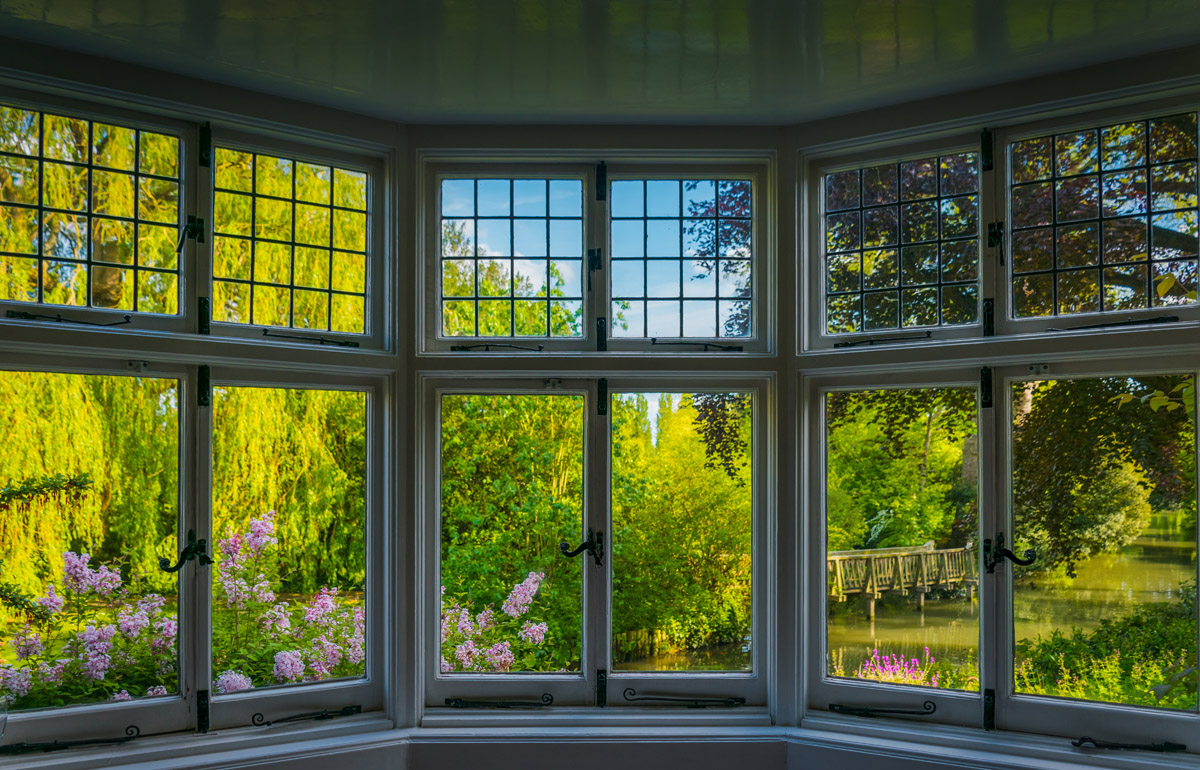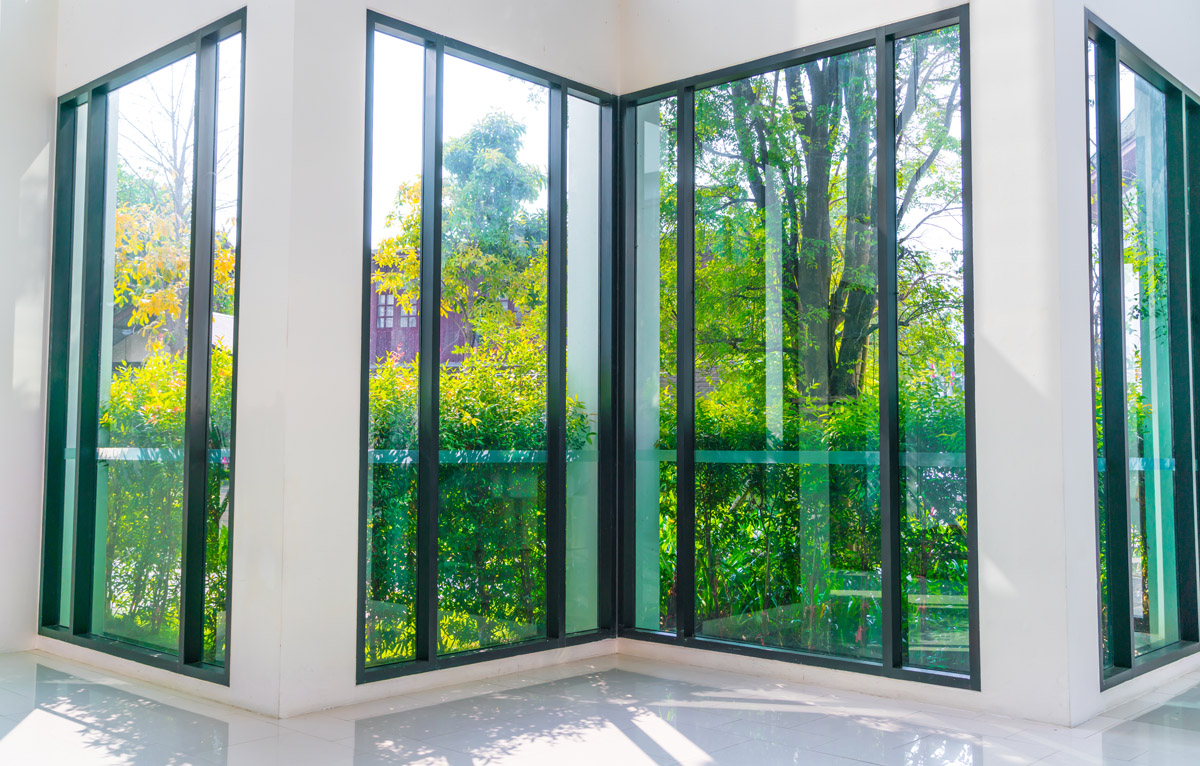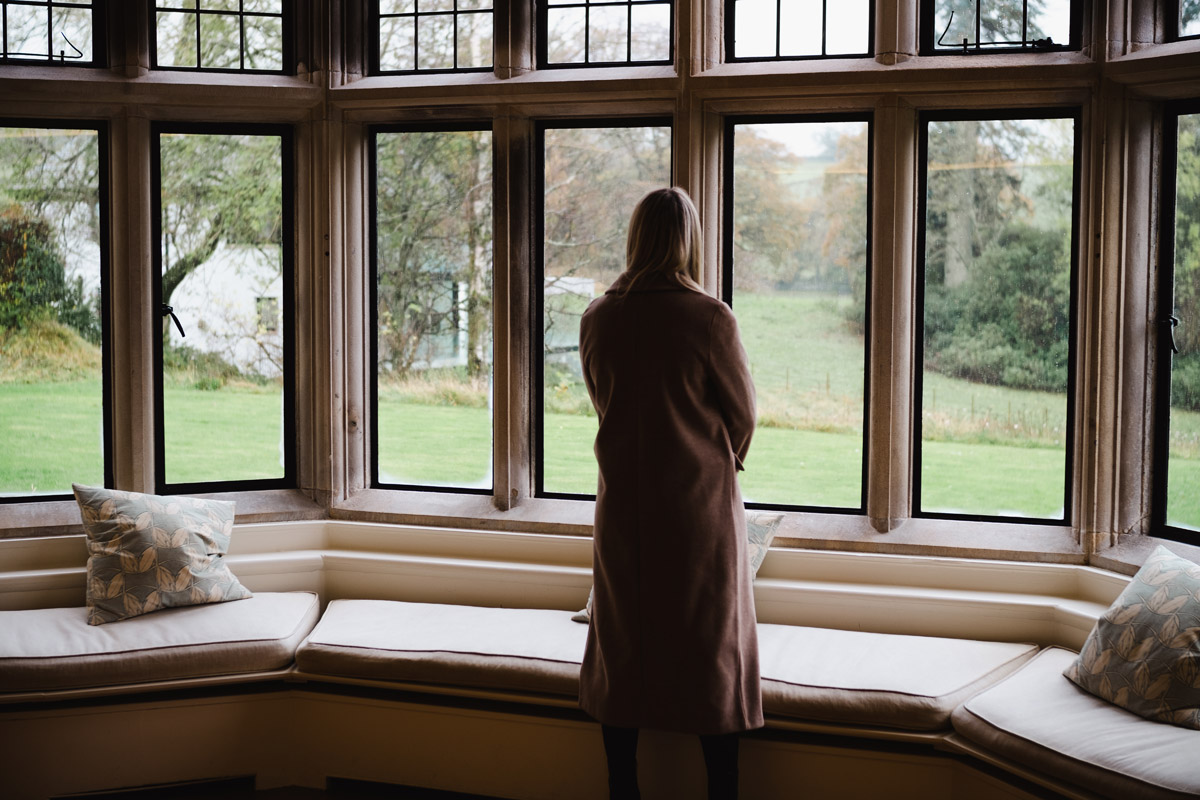Published: October 23rd, 2025
An interesting option for glazing a kitchen is a bay window. It differs from the usual one located in the wall of the building and has certain features. Specialists from Artos INC, operating in the city of Charlotte, talk about them.

What is a bay window?
It is an architectural element of a building that represents a glazed projection extending beyond the main wall of the structure. In its classic form, it consists of three window panels: a large central one and two smaller side ones. The blocks are positioned at an angle between 90° and 180°, have a common frame, and are connected with special tubes reinforced with a strengthening profile.
Bay windows: combining form and function
A bay window structure increases the usable space of the room, changes the exterior appearance of the house, and gives it charm. It adds a sense of openness and depth, while also creating a functional or decorative area — for example, for a home garden, mini herb bed, fruit display, or cooking zone.
A bay window provides enough light for the kitchen
One of the advantages of this solution is full illumination and a good view. The structure opens up the view to the yard, provides a clear view of the street, and allows sunlight to enter the room freely. This creates a harmonious atmosphere — cozy, bright, open, and with a feeling of unity with nature.
Standard bay window sizes for perfect fit
Properly chosen dimensions guarantee that the window will both blend harmoniously into the interior and enhance the appearance of the building’s façade. Below are tips for choosing the right size.
Perfect for small kitchens
For small kitchens, a compact bay window measuring about 90×90 cm is suitable. It will not overload the space but will add light, create a sense of spaciousness, and not reduce the useful wall area.

Perfect for cozy dining areas
For a comfortable, spacious area intended for dining, a medium-sized window is ideal. The optimal width is 120–180 centimeters, and the height ranges from 90 to 120 cm. This area provides enough space for a round table that creates a stylish spot for breakfasts, lunches, and dinners, while evoking a sense of hospitality, home warmth, and family.
Perfect for large kitchens
A large window fits harmoniously into a spacious room. Its width is 7–10 feet, and its height is 4–6 feet. Such a design allows maximum light to enter the room and can significantly expand the usable space, creating an additional area for furniture or a unique interior accent.
Perfect for kitchen sinks
A projecting window located above the kitchen sink ideally has a width of 90–120 cm and a height of 60–90 cm. With these dimensions, the space will be bright and daily chores, such as washing dishes, will become easier and more convenient.

Find the right kitchen with different types of bay windows
To choose the best type of bay window, consider the layout and design of the room. To do this:
- Determine the room area. Knowing it helps you select a window of the right size — not too large and overwhelming, but not too small to limit lighting.
- Consider the kitchen’s design. If it is a modern style dominated by white, you can install a light, elegant bay window. For a classic interior, wooden frames work better, adding warmth and coziness.
- Choose the appropriate window type: minimalist rectangular, elegant round, or angular, which adds depth to the space.
- Think about functionality. Decide in advance whether the window is meant only for external viewing or also for added purposes — such as storage, a cozy tea area, or decoration.
- Select materials that match the interior. A marble or granite countertop adds luxury, while a wooden frame creates a homely atmosphere.
- Plan interior decor. The window structure should harmonize with kitchen cabinets, the dining table and chairs, the backsplash, the countertop, and other elements.
Key differences between traditional and box bay windows
These two types are similar, but there are differences:
- Structure and shape. The configuration of a traditional bay window is softer due to the larger angle between blocks. Therefore, the structure looks more elegant and adds charm to the building’s exterior. A box bay window, on the other hand, has straight angles between the central and side panels — the elements are perpendicular, giving a more defined and restrained appearance.
- Functionality and interior organization. Both types increase usable space and improve lighting. However, a traditional bay window creates a cozy, intimate nook — graceful, without sharp corners or harsh lines. Such a corner is suitable for decoration, indoor plants, or reading. The larger the angle between blocks, the smaller the free space. The depth of a standard bay window is 30–45 cm, while a box bay measures 45–60 cm. Thus, the latter provides more space, making the area more enclosed and functional — suitable for work, storage, snacks, or tea time.
- Cost. Traditional bay windows are more expensive than box types due to the complexity of their configuration and installation. Side panels require additional framing, which is a labor-intensive and costly process. Box bay structures are simpler, hence cheaper.

Bay window ideas to add style and space to your home
How can this type of glazing be used? Here are some interesting ideas:
- A hobby corner — for knitting or reading favorite books. You can place a soft armchair or a small sofa with pillows, a coffee table, and a compact shelf. Natural light should be complemented with artificial lighting — a wall sconce or hanging ceiling lamp.
- A relaxation area. You can place a cozy sofa or even hang a hammock here. Add soft lighting and curtains for privacy and comfort.
- An additional area for snacks, tea, or light breakfasts.<*strong> A small table with a couple of chairs will fit perfectly. For evening meals, add artificial lighting.
- A small home office. It will have plenty of natural light, improving focus and productivity while working with documents or at the computer. The centerpiece can be a small desk with a chair, and shelves or bookcases can be placed on the sides.
- A mini greenhouse. It’s quite realistic to grow herbs for salads or dishes all year round. You can also organize a small indoor garden with flowering plants, vines, or ficuses.
Conclusion
A bay window is an unusual glazing option. Specialists from Artos INC will help successfully implement such a project to create a bright, comfortable, spacious, aesthetic, and functional area for relaxation, work, hobbies, or other purposes.
